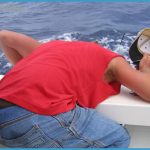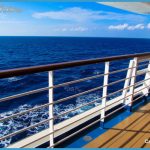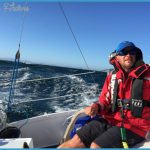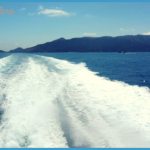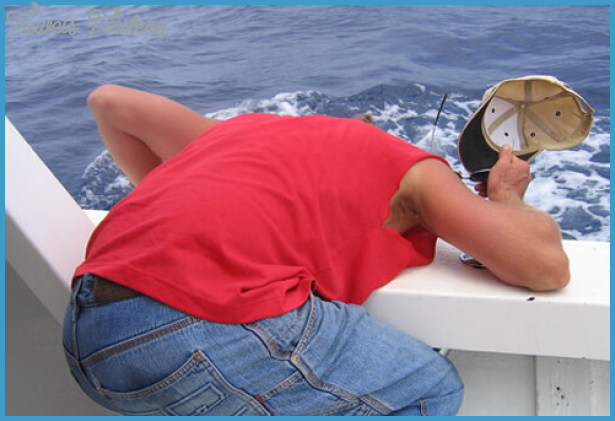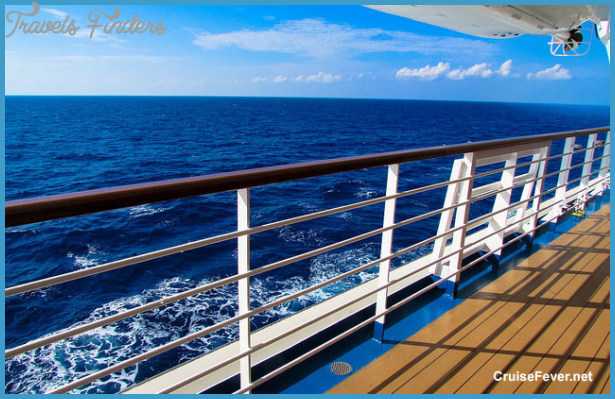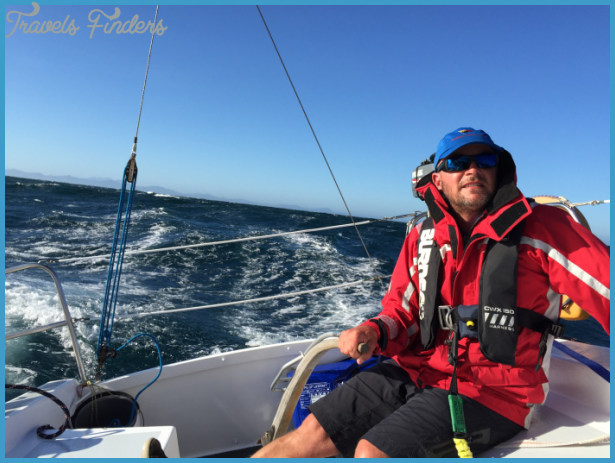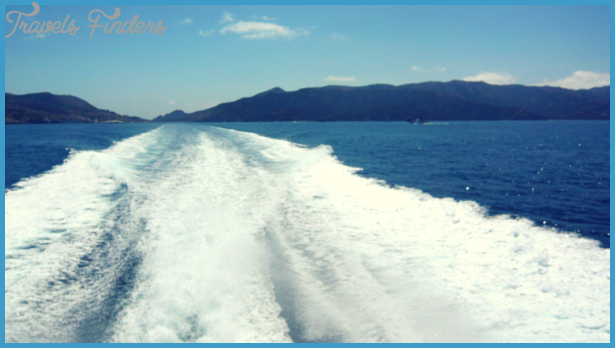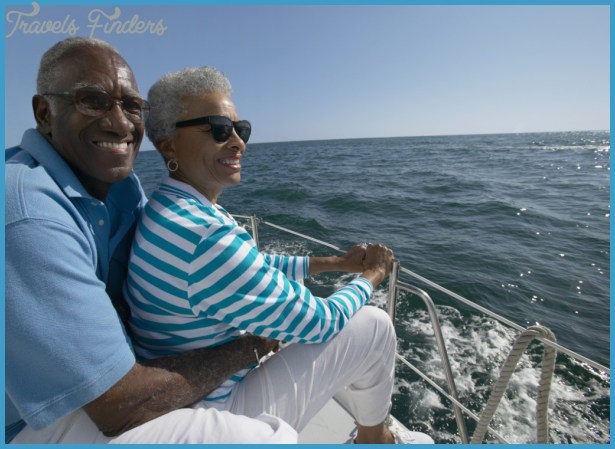There are pill-based medications that can help, including Dramamine, Bonine, and Marezine, which are available over the counter and also stocked by most ships the purser’s office may even give them out for free. The downside is that they can make you tired, and even the non-drowsy formulas can make you feel a bit sleepy.
Another option is the Transderm patch, which is applied behind your ear and has time-released medication. The patch can be worn for up to 3 days, but you should be aware that it comes with a slew of warnings about side effects, including the possibility of blurry vision.
Non-medicinal alternatives are also available. Chewing on candied ginger or taking ginger capsules relieves the onset of seasickness for some; the products are available at most health food stores. Acupressure wristbands, known as SeaBands, are another strategy, available at most pharmacies. These are worn around both wrists like a watch, and feature a small buttonlike appendage that pushes into your skin. Generally, both of these remedies work best if you start them before the onset of sea-sickness. We swear by our candied ginger, Ginger Ale, and Sea Bands when the seas get rough.
If you are generally prone to seasickness, you should ask for recommendations from your doctor before your cruise. However, if you do get sick on board, the ship’s doctor may be able to prescribe a cure for a hefty fee.
You’ll also want to pick your itinerary carefully. Unless you’re particularly prone to seasickness, you probably don’t need to worry much on itineraries that stay close to the shore, such as those in the Mediterranean and Caribbean waters (with some exceptions; see below). At certain points, however, on some sailings including Alaska you may end up in open water. You may experience rough water around Sitka and at the entrance to Queen Charlotte Strait, for example, which shouldn’t be surprising since there is nothing between you and Japan but a lot of wind, water, and choppy seas. Although ships that ply these routes tend to be very stable, you’ll probably notice some rocking and rolling. Other routes, including a variety of ocean crossings and other around-the-world voyages, hit open seas for more substantial amounts of the trip, and those are the times when seasickness is most likely to strike.
Two other notoriously choppy areas are the Bay of Biscay, just off the coast of France and Spain in the Atlantic and the Drake Passage which separates South America from Antarctica. You’ll have to cross the Drake if you’re sailing from Ushuaia to the Antarctic Peninsula. Good news, though: If you get the Drake Shake heading across to Antarctica, you’ll likely have the Drake Lake very calm conditions coming back. And once you’re in Antarctica, seas are generally smooth as glass.
In addition, time of year can be a factor. Some routes, particularly those in the Caribbean, offer smooth sailing most of the year, but can be rougher during hurricane season (particularly Sept-Oct), when tropical storms change the sea from calm to stormy. This is true of the Mediterranean as well, which is noted for its fierce winter storms in the colder months.
If you are worried about seasickness, you want to choose your cabin carefully as well. Those in the middle tend to be the most stable while cabins at the stern and bow feel the movement more.
Staterooms on lower decks, closer to the water line, tend to move around less. It’s somewhat ironic, given that most cruise lines place their largest and most luxurious suites near the top of the ship where the views are great, but movement can be felt the most.



